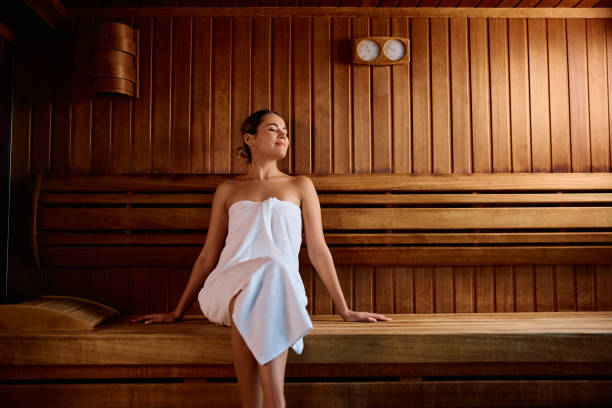House Sauna: Practical Guide to Home Sauna Options
A house sauna can bring a private, spa-like experience into your home, offering relaxation, warmth, and a customizable environment that fits your space and routine. Whether you’re considering traditional steam or modern infrared units, understanding installation, heat sources, materials, and care will help you choose a sauna that works for your lifestyle and home layout.

This article is for informational purposes only and should not be considered medical advice. Please consult a qualified healthcare professional for personalized guidance and treatment.
Sauna: what types are available and how they differ
Sauna broadly refers to a heated room designed to induce sweating; common types are traditional (steam/infrared) and hybrid models. Traditional saunas heat air to high temperatures, typically using electric or wood-fired heaters, creating dry or steam-enhanced environments. Infrared saunas use radiant panels that warm the body directly at lower ambient temperatures. Each type affects perceived warmth, humidity, and session length differently, so consider how you like to experience heat and what suits your home’s ventilation and electrical setup.
Home: planning installation and space needs
Installing a sauna in your home requires planning for size, ventilation, and access to utilities. Saunas can be installed in basements, spare bathrooms, garages, or dedicated backyard structures. Measure available floor space and ceiling height, and check electrical capacity if you’ll use an electric heater or infrared panels. Building codes and local services may require permits for structural changes or new wiring. For many homeowners, prefabricated kits simplify installation; others opt for custom builds to match interior finishes and maximize comfort.
Heat: managing temperature, humidity, and controls
Heat level and humidity define the sauna experience. Traditional saunas commonly reach 70–100°C (158–212°F) with low to moderate humidity, which can be raised by pouring water over hot stones. Infrared models run cooler (typically 40–60°C / 104–140°F) and rely on radiant heat to warm the body. Good controls let you program session length, temperature, and preheat times. Consider safety features like automatic shutoff and thermostats, and ensure adequate ventilation to refresh air and prevent moisture buildup that can harm finishes.
Wood: construction materials and maintenance
Wood choice is crucial for any sauna. Softwoods like cedar, spruce, and hemlock are common because they handle heat well, resist warping, and remain relatively cool to the touch. Cedar has natural resistance to rot and a pleasant aroma but can be more expensive. Interior benches and linings should use kiln-dried, untreated wood to avoid off-gassing. Regular maintenance includes wiping down surfaces, inspecting for mold or discoloration, and leaving doors or vents open after use to dry the interior. Avoid paints or varnishes inside the sauna; they can emit toxic fumes when heated.
Infrared: benefits and practical considerations
Infrared saunas heat differently than traditional models, using ceramic or carbon panels to emit infrared wavelengths that penetrate the skin’s surface. Because they operate at lower ambient temperatures, some people find sessions more tolerable or useful for longer durations. Infrared units often install faster and may require less floor-to-ceiling clearance. However, they don’t produce steam, which can be central to the traditional sauna ritual. Check panel placement, power requirements, and the construction quality of insulation and interior wood to ensure consistent performance and user comfort.
Maintenance and safety for continued enjoyment
Routine care preserves both performance and safety. Clean benches and floors with mild soap and water, and ventilate thoroughly after sessions. Inspect heaters, stones, or infrared panels periodically for wear and replace components according to the manufacturer’s guidance. Install smoke and CO detectors if you use wood-burning heaters; ensure chimneys are well-maintained and comply with local regulations. For electric heaters, use qualified electricians for installation and troubleshooting. Follow suggested session durations and hydration guidelines; people with certain medical conditions should consult a healthcare professional before using saunas.
Conclusion
A house sauna can be a valuable home feature when matched to your space, preferences, and safety considerations. Weigh the differences between traditional and infrared heat, choose appropriate wood and construction methods, and plan for ventilation and maintenance. With proper planning and care, a home sauna can provide reliable warmth and relaxation while fitting into the rhythm of daily life.






